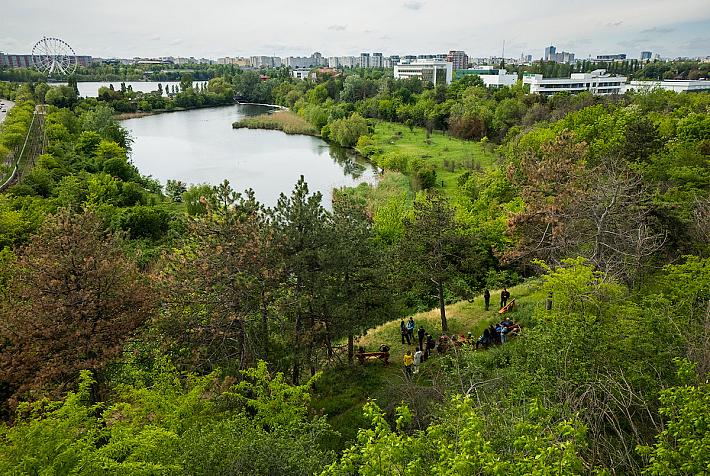Largest pilgrimage in Romania brings thousands of people to Iasi

The largest pilgrimage in Romania started on Friday, October 9. Hundreds of thousands of people go to the cathedral in Iasi to pray at St. Parascheva’s relics every year, usually forming queues that span over kilometers. For example, some 250,000 pilgrims went last year to Iasi during the six-day pilgrimage organized in mid-October, and the number is expected to increase this year.
Saint Parascheva is considered the protector of Moldova and Bucovina and Christians believe in the miraculous powers of the relics. She is celebrated every year on October 14. This year, the pilgrimage starts on October 9 and will end on October 16.
St. Parascheva’s relics were taken out of the Metropolitan Cathedral in Iasi on Friday evening, October 9. After a short religious procession, they were placed outside, in the courtyard of the church.
This year, the pilgrims also have the chance to pray at Mary Magdalene’s relics, brought from the Monastery of Simonos Petra from the Mount Athos. The relics will be placed in a reliquary that also contains a piece of wood from the Holly Cross.
The relics of St. John Chrysostom will also be brought to the Metropolitan Cathedral in Iasi on Sunday evening, October 11.
Pilgrims from all over Romania and from abroad go to Iasi by car, or by train, to pray at the Saints’ relics and attend the religious processions. Some of them, such as the inhabitants of Voluntari, a city near Bucharest, go there in organized groups. About 150 buses will take 8,000 pilgrims from Voluntari to Iasi on Friday, October 9.
Romanian railway company CFR Calatori also announced that it will increase the number of trains to and from Iasi between October 10 and October 15, for the pilgrims who want to get there. There will be more trains departing from Bucharest and Cluj-Napoca, while other trains departing from Bucharest, Timisoara Nord, Arad, Cluj-Napoca, Suceava, Constanta, Galati, Buzau, Bacau, Vaslui, Pascani, and Tecuci will have more wagons.
According to local Digi24, the pilgrims also have a special mobile app this year, that shows them the streets that are closed to traffic, or where the traffic jams are. The app uses GPS to show the crowded areas and offers real-time information on the traffic. The streets turn yellow or red, depending on the level of traffic.
Considering the large number of people the authorities are expecting to Iasi in this period, over 1,000 police officers and gendarmes will ensure public order on the streets.
In previous years, armed with faith and patience, people started queuing at the Cathedral in Iasi since the early hours of the morning, or even from the night before. They’ve spent up to 12 hours in line to pray at St. Parascheva’s relics. Things will for sure be the same this year.
Saint Parascheva lived in the first half of the 11th century and was born at Epivata, nowadays Boiados in Bulgaria. Her entire body preserved and wrapped, placed in a casket with a glass top, is on display at the Iasi Metropolitan Cathedral. The saint’s relics were brought to Iasi in 1641, during the reign of the ruler Vasile Lupu.
Irina Popescu, irina.popescu@romania-insider.com
(photo source: doxologia.ro)











